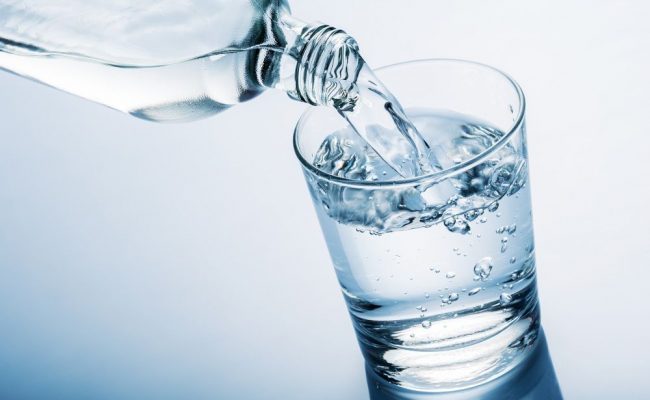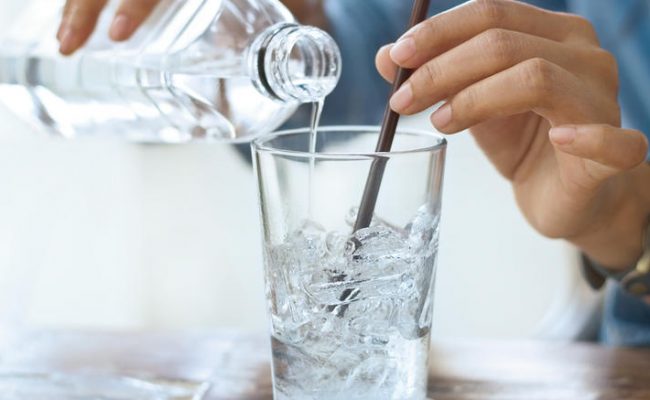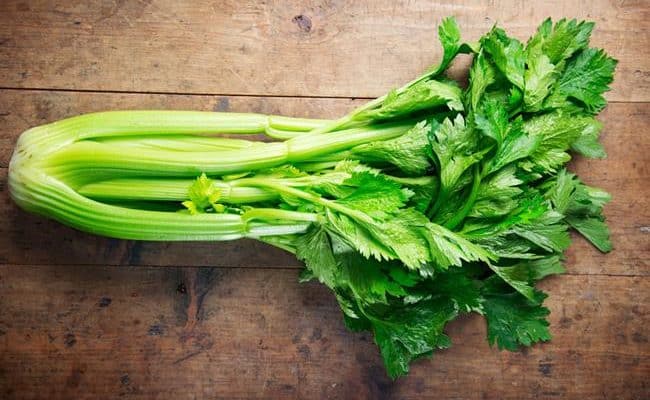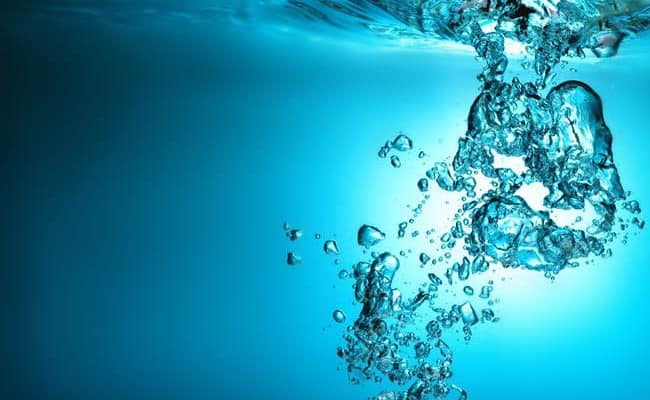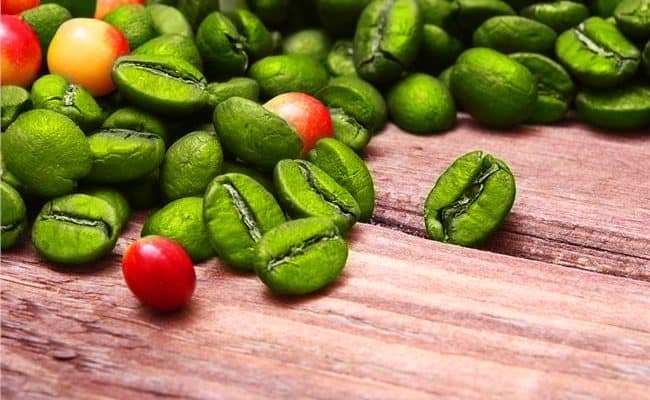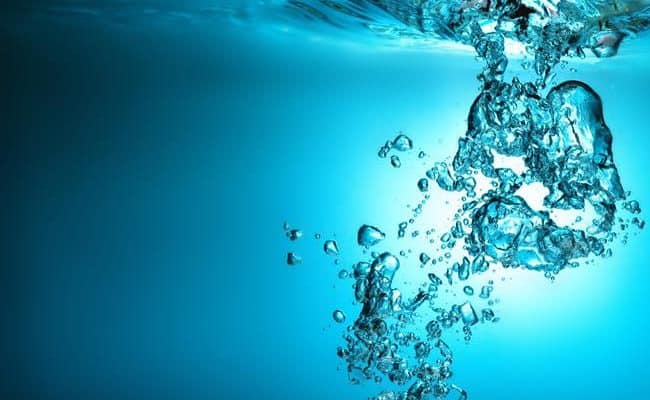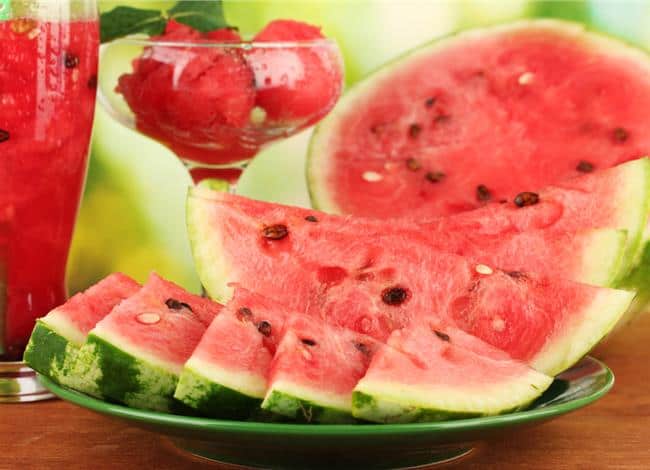
The average human adult is about 55-60% water, and getting adequate fluids every day is important for many health reasons. Many times the focus is on drinking enough water throughout the day to replenish fluid needs, but eating hydrating foods can also contribute significantly to body fluid needs. Eating hydrating foods can sometimes sound more appealing than trying to drink another glass of water.
Some of the top hydrating foods are also full of vitamins, antioxidants, minerals, fiber and are low in calories. In fact, eating hydrating foods after a workout can help rehydrate your body better than plain water because they naturally have electrolytes.
Watermelon may come to mind as a no brainer hydrating food, but actually some vegetables have higher water content than watermelon. Here are some of the top hydrating foods based on water weight and their nutritional value.
Cucumber and zucchini
Cucumbers and zucchinis have some of the highest percentage of weight from water: 96 and 95 percent respectively. Cucumbers can be enjoyed by themselves, added to salads, used as a chip replacement for dips or on sandwiches. Try munching on cucumbers as an afternoon snack when you have the munchies or when you are hot for a refreshing, hydrating snack.
There are a lot of creative ways to eat zucchini. They can be eaten raw and used for dips like cucumbers as well as adding substance to salads, stir fries and soups. If you want to bump up the water content of a pasta meal, replace the wheat noodles for raw zucchini noodles.
Lettuce
Besides cucumbers and zucchini, lettuce and other leafy greens top the list for foods with some of the highest water amounts. Besides eating more salads, you can increase your lettuce intake by using leafy greens as a substitute in wraps or hamburger buns.
With leafy greens, remember that the darker the leaf, in general the more nutritional value.
Celery
Celery is 95 percent water weight making it one of the top hydrating foods. Celery naturally provides electrolytes like sodium, calcium, potassium and magnesium with water making it beneficial for hydrating the body.
Munching on celery and cucumbers can give your body fluid with an optimal amount of electrolytes lost in sweat and other needed vitamins and minerals.
Tomatoes
Tomatoes are about 94 percent water by weight and are bursting with antioxidants, minerals and vitamins. Tomatoes are known to be high in lycopene, and a diet rich in lycopene could help lower risk for certain cancers and stroke risk.
So, use tomatoes for more than just putting a slice on a burger. Try snacking more on grape or cherry tomatoes by themselves. They can even be used as a travel friendly snack compared to slicing up a larger tomato.
Peppers
Peppers are 92 percent water weight and are also a rich source of vitamins, minerals and antioxidants. Bell pepper strips can be used as a crunchy snack, used as a salad topping or in hot meals such as stir fries, soups, omelets and casseroles.
Aim for eating a variety of colored peppers; see how many different colored peppers you can incorporate through the day.
Watermelon and cantaloupe
A tie with peppers, watermelon is about 92 percent water weight. Like tomatoes, watermelon is rich in the antioxidant lycopene. Watermelon also contains the electrolytes potassium, magnesium, sodium and calcium.
Instead of drinking a sugary, artificially sweetened beverage, eat some watermelon for a refreshing, hydrating sweet treat. Don’t forget about trying other colored melons such as orange cantaloupe and green honey dew; they are also hydrating!
Berries
All berries have a high water content with strawberries having the most at 92 percent water weight. Berries, like watermelon, can serve as a sweet hydrating snack that provides electrolytes and antioxidants. Berries are also high in fiber which can help keep you full longer.
Citrus, peaches and plums
Fruits with a pit, like peaches, plums, cherries have high water weight along with citrus fruits. Similar to berries, these fruits provide way more than giving your body water. They are packed with nutritional value and a low energy value.
Try to use peaches, plums and citrus fruits in various savory recipes, in natural marinades for meat and as a salad topper.
Conclusion
All fruits and vegetables have a high water weight, but some of the top hydrating foods are green vegetables such as cucumbers, zucchini, celery, leafy greens and peppers. Watermelon, berries, citrus, peaches and plums are some of the top fruits with high water content.
Eating hydrating foods like these can help you reach your fluid needs and may actually help replenish your body better than plain water because they also provide electrolytes with the water. They are also packed with various antioxidants that can protect body cells and reduce risk for some chronic diseases.
While it is important to drink enough water throughout the day, adding in hydrating foods can be beneficial to meet your fluid requirements. Try incorporating these hydrating foods for snacks and at meal times to creatively bump up your intake.
References used in this article








